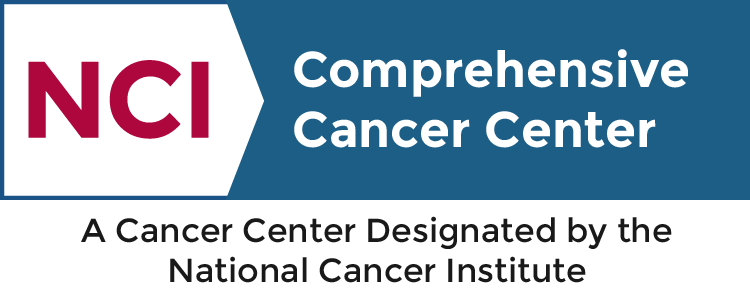Stanford scientists recently published an article in Nature illuminating the relationship between adoptively transferred T cells and macrophages and how two immunotherapies, adoptively transferred T cell and anti-CD47 therapies, may work together to increase their tumor-fighting capabilities. The study can be found at this link.
Adoptively transferred T cell therapies are derived from a patient’s T cells, engineered to better target cancer cells, and then infused into the patient. In this work, the authors focused on two different kinds of adoptive T cell therapies: chimeric antigen receptor (CAR) and engineered T cell receptor (TCR)-T cells.
CD47 is a protein expressed throughout the body that protects cells against macrophages, white blood cells that engulf dead cells and microorganisms, by signaling “do not eat this cell.” Cancer cells express a high level of CD47 to avoid detection and destruction by macrophages. As such, anti-CD47 therapy has become a promising immunotherapy. Anti-CD47 antibodies negate cancer cells’ CD47 signals and increase the likelihood the cancer cells are found and destroyed by macrophages.
This study used mouse models to combine the CAR-T or TCR-T cells and anti-CD47 therapies to see if the ability to fight tumors was increased compared to each therapy alone. However, unexpectedly, the initial results showed a decreased tumor killing effect because blocking the CD47 “don’t eat me” signal caused macrophages to quickly destroy the adoptively transferred T cells.
Making use of this phenomenon, the authors realized that as toxicity is a noted problem of CAR-T cell therapy, which occurs when the patient’s side effects become too severe, anti-CD47 therapy could be used as a “safety switch” to quickly remove the T cells from the body if toxicity occurred.
Sean A. Yamada-Hunter, PhD, is the first author of the study. He says, “Many clinical therapies are genetically engineered to incorporate these switches, but we reasoned that anti-CD47 therapy could be used without engineering any new changes to these cells, potentially allowing it to be used ‘off-the-shelf’ with many different cellular therapies.”
To overcome the depletion of T cells by anti-CD47 therapy, the study authors designed a new engineered version of CD47 that was placed on CAR-T and TCR-T cells. This new version signaled to macrophages to leave the T cells alone even in the presence of anti-CD47 antibodies that would have ordinarily negated the “don’t eat me” signal.
“Our goal was to leave the tumor, which expresses the native, “wild-type” form of CD47 as a target for anti-CD47, while removing the CAR- or TCR-T cells as options for anti-CD47 antibody binding, while preserving the ability of the T cells to still send ‘don’t eat me’ signals to the macrophages.”
T cells that had the engineered CD47 protein were no longer destroyed by macrophages, which allowed for the combined adoptively transferred T cell and anti-CD47 therapies.
“We went on to show that CAR-T cells can recruit macrophages into tumors, and that these macrophages can be harnessed as an antitumor-fighting force after anti-CD47 treatment only when CAR-T cells are protected by the engineered CD47 protein.”
Excitingly, this combination therapy showed tumor clearance and control even at low doses and in models of solid tumors, which have been traditionally challenging to treat with immunotherapies.
Yamada-Hunter concludes, “This work illuminates a previously underappreciated relationship between macrophages and adoptively transferred T cell therapies. It may point to a more fundamental biological role of macrophages in maintaining T cell homeostasis, even in non-cancer settings. Further, we identified a solution where engineering CD47 allows a combined CAR- or TCR-T cell and anti-CD47 therapy that markedly enhances antitumor efficacy. I’m excited about the strong potential for further development and clinical testing.”
By Katie Shumake
May 2024



